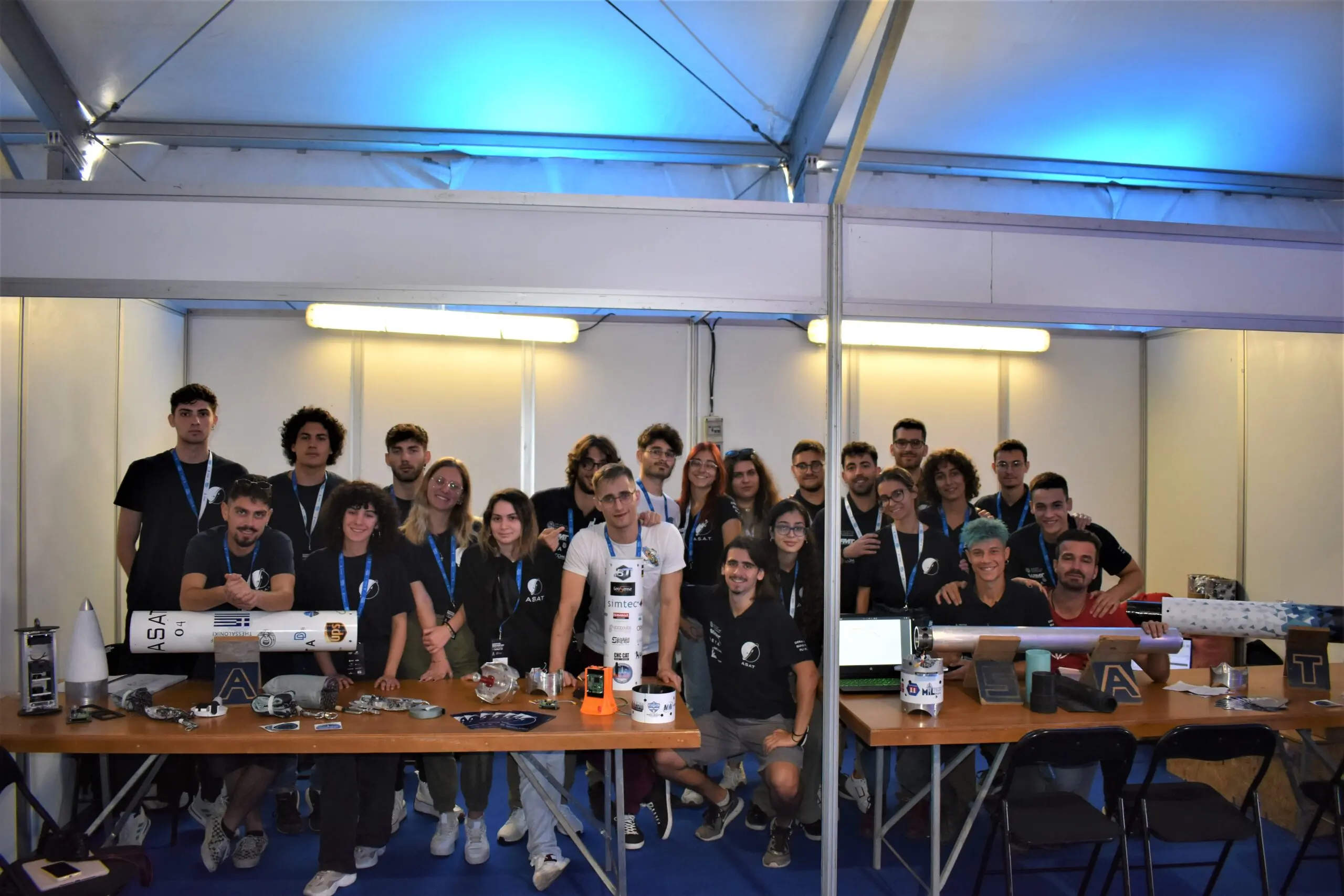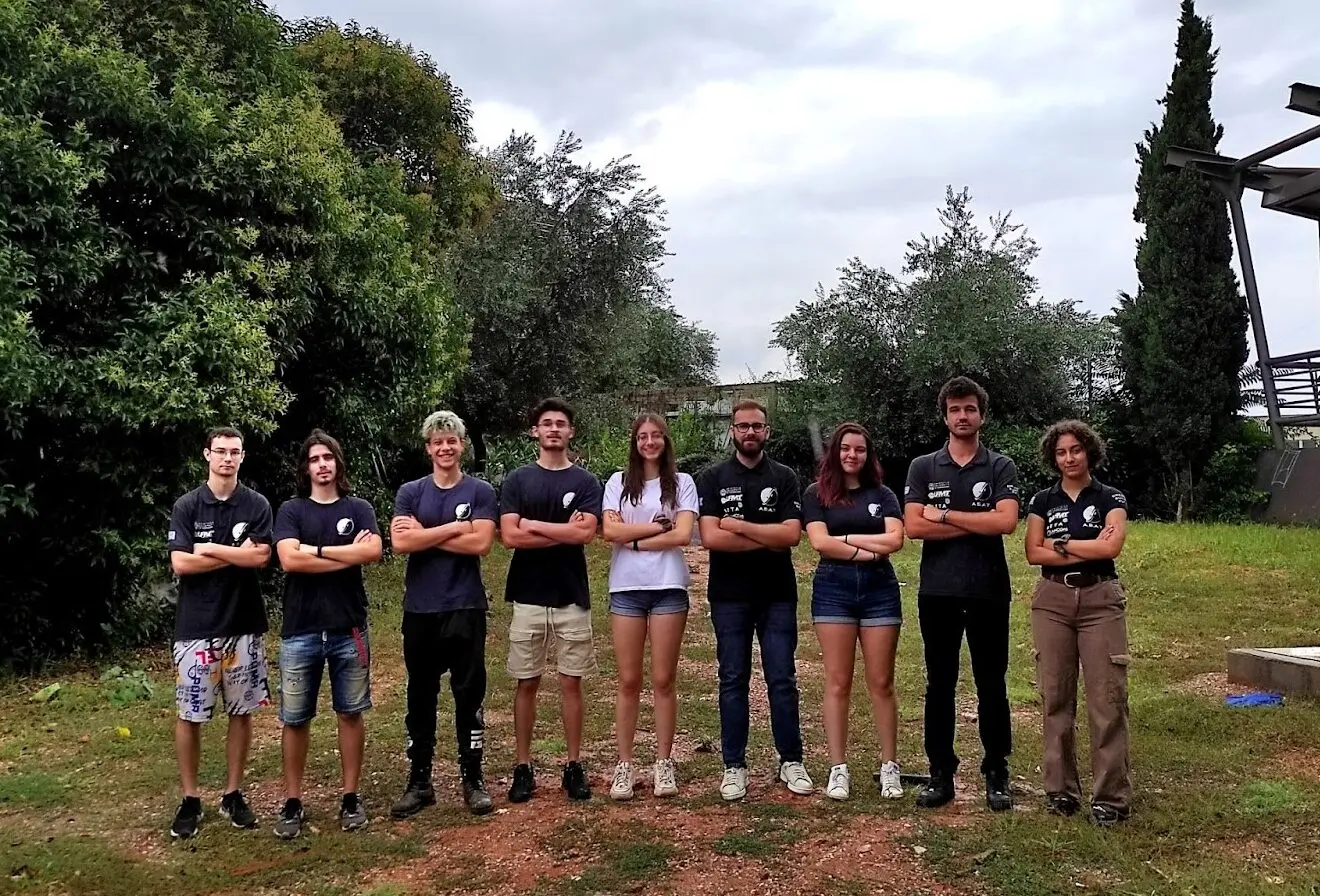AcubeSAT is ready to leave the ISS launcher, and start its long journey around earth. There it goes… oh no, a malfunction of the launcher made the cubesat rotate with extremely high speed! Is the AcubeSAT alone and doomed now? Is this the end of its mission?
No. ADCS is here. Its role is not only to stabilize the angular velocity of the satellite during the de-tumbling mode, but also estimate the spacecraft’s orientation and provide accurate attitude control during the whole mission. Considering the size of a cubesat, as well as limitations on weight, power consumption and budget, the selection and assembly of the components becomes a real struggle.

But why do we need such precise control of the cubesat’s orientation anyway? A satellite’s attitude should be stabilized and controlled to meet some requirements, dictated by other subsystems. Suppose that the antenna of the satellite requires precise ground station pointing, so as the results of the onboard experiment are quickly sent back to earth: it is ADCS’s job to make sure that the right side of the satellite faces earth with the right angle, at the right time. We shouldn’t forget that every second of data transmission, every minute of solar panel charging counts; it’s not just a matter of accurate positioning, but a matter of timing as well!
But how ADCS actually does that? Let’s take a closer look at its name: Attitude Determination and Control System. By collecting data from various sensors, fusing this data and comparing it to different models, ADCS estimates the orientation of the satellite with respect to an inertial frame of reference (the Earth-centered inertial (ECI) for example). In other words, the satellite needs to ask the question “Where am I?” so as to be ready to answer the question “Where do I want to go?”. That’s where the Control part of our subsystem comes in. Using Control theory and Kalman Filters, we are able to control the spacecraft actuators, changing its orientation according to the needs of the other subsystems (accurate antenna – ground station pointing, achieving faster and more reliable data transmission etc).

The main actuators that will be used are called magnetorquers (shown in photo), which are basically electromagnetic coils; they create magnetic dipoles that interact with Earth’s magnetic field, so that the counter-forces produced provide the torque needed to rotate the satellite. As for the sensors, sun sensors give us information about the sun position, magnetometers measure the magnetic field of the earth, GPS provides us with altitude, longitude and latitude values, and gyroscope observes changes in relative angular velocity.
 The ADCS sub-team consists of 4 members: Anthi, Giannis, Iason and Nikos. All of them are undergraduate students at the Aristotle University of Thessaloniki, studying Electrical & Computer Engineering. Having decided the type of sensors and actuators that will be used, the sub-team is currently facing the problem of the mechanical components modelling, using software (including MATLAB and Simulink). After that, the problems of Data Fusion andKalman Filtering will come in.
The ADCS sub-team consists of 4 members: Anthi, Giannis, Iason and Nikos. All of them are undergraduate students at the Aristotle University of Thessaloniki, studying Electrical & Computer Engineering. Having decided the type of sensors and actuators that will be used, the sub-team is currently facing the problem of the mechanical components modelling, using software (including MATLAB and Simulink). After that, the problems of Data Fusion andKalman Filtering will come in.


CMA D. ARGOUDELIS & CO S.A. – ASAT coοperation
CMA D. ARGOUDELIS & CO S.A. supports as Bronze Sponsor the research project entitled “A.S.A.T. (Aristotle Space & Aeronautics Team, project Sirius Engine)”, showing its



